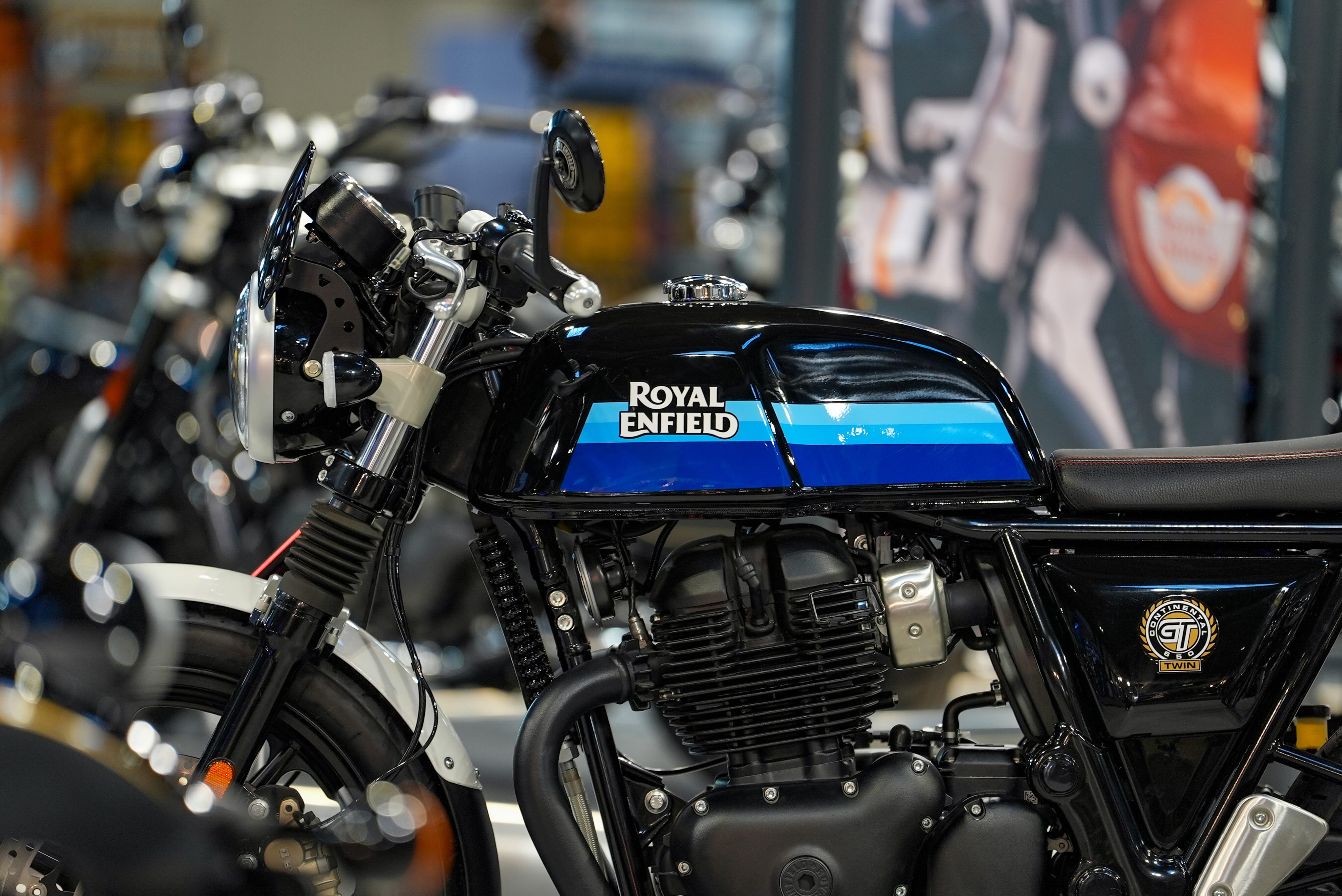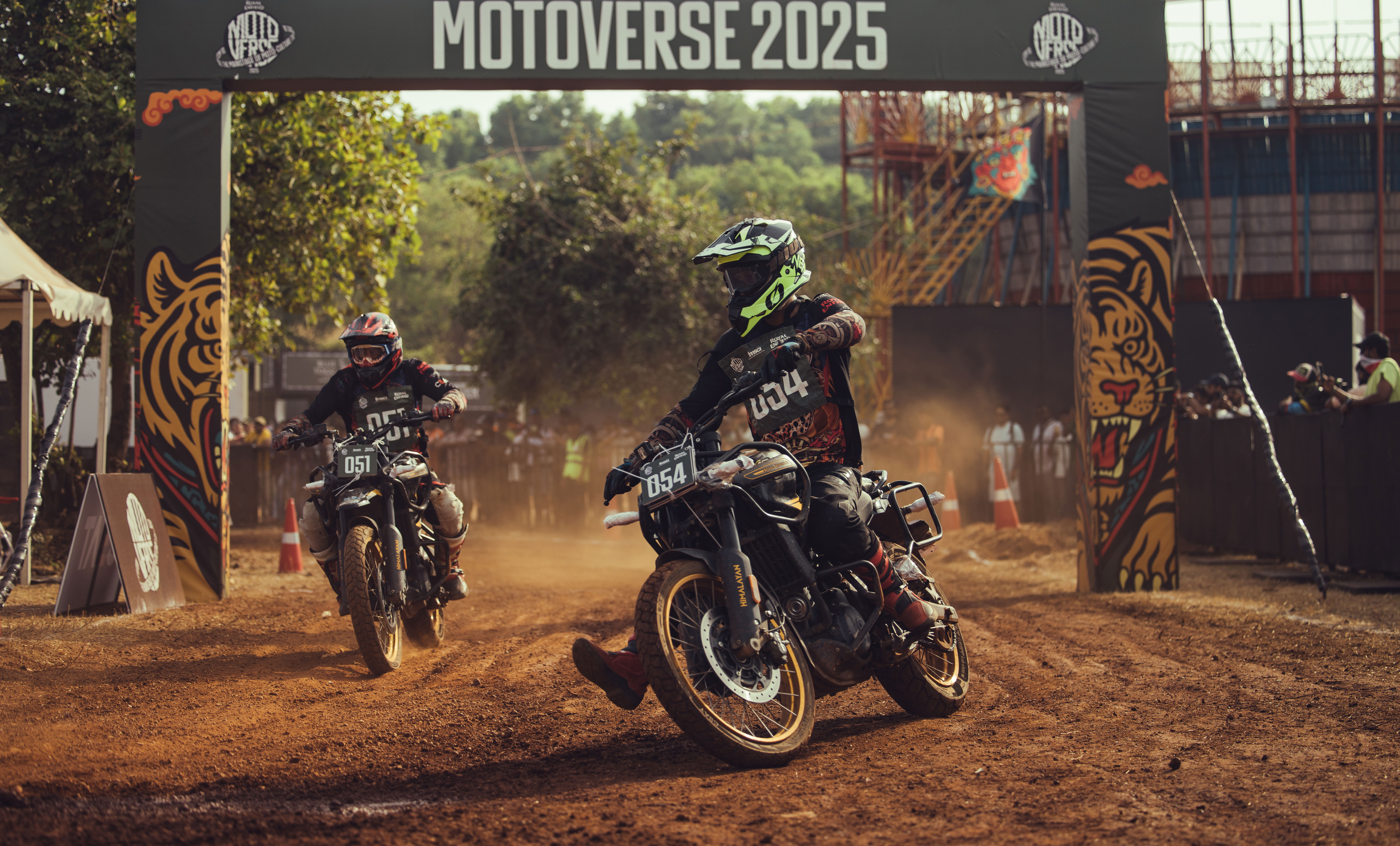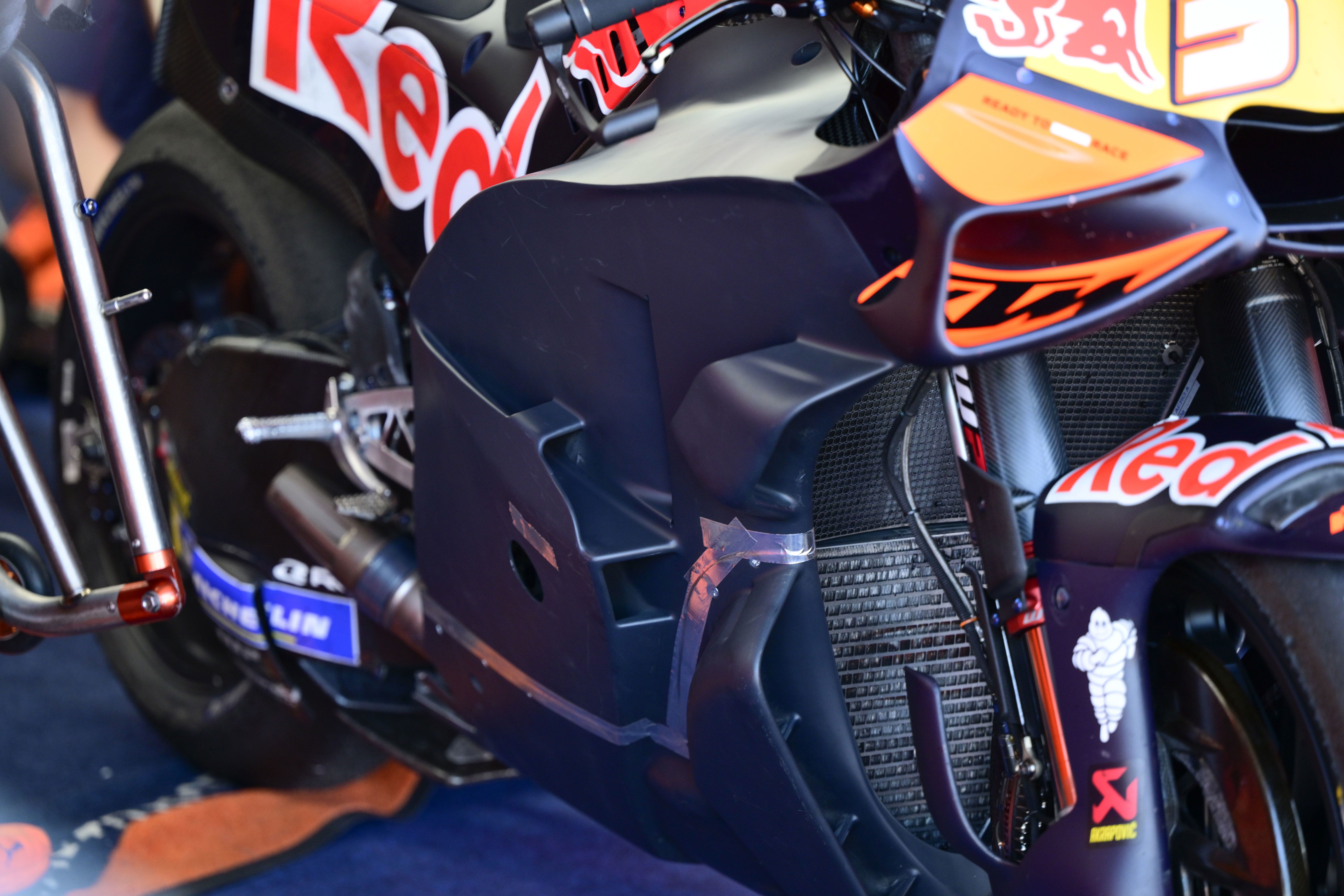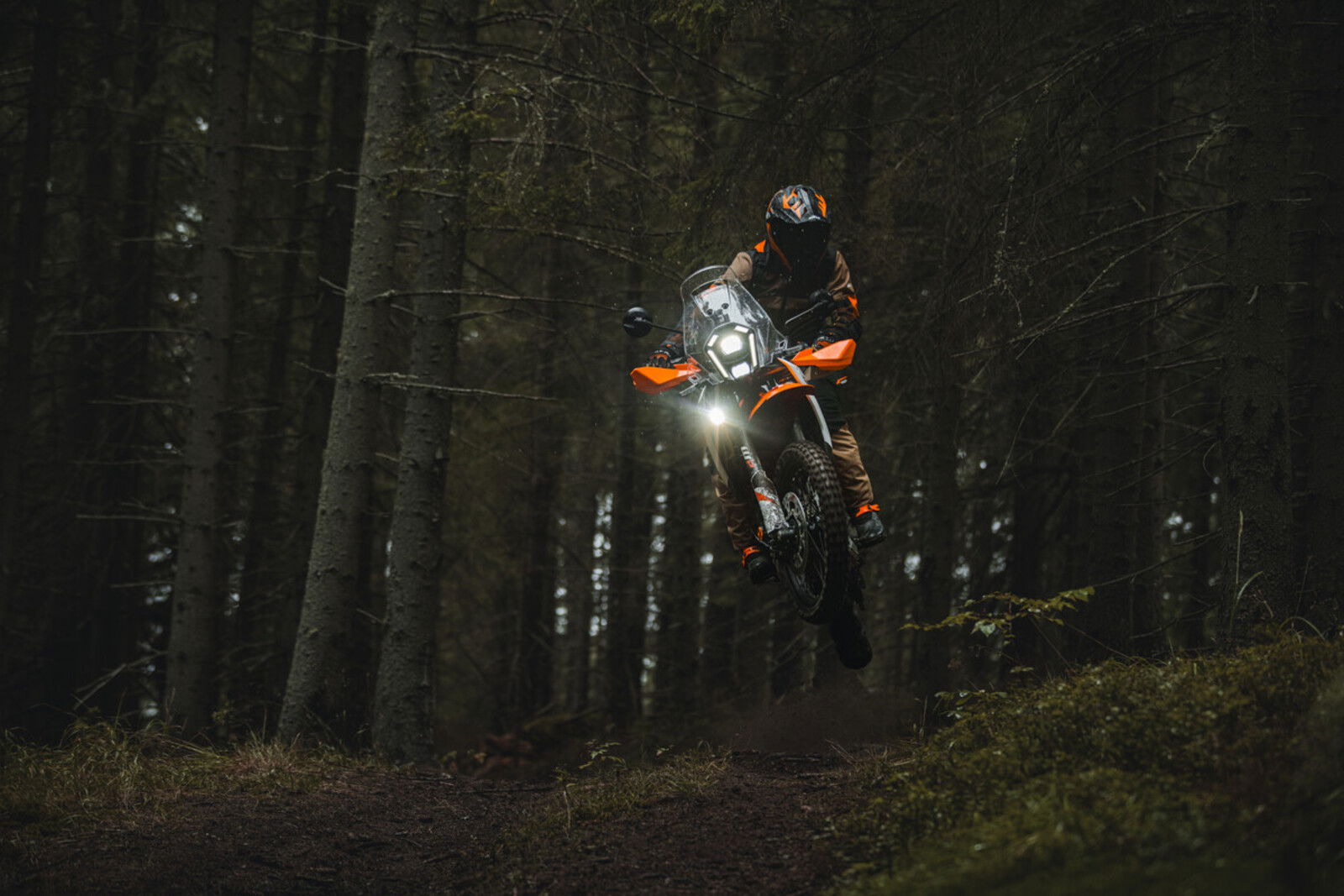Getting your knee down for the first time
Five essential tips for your first knee down
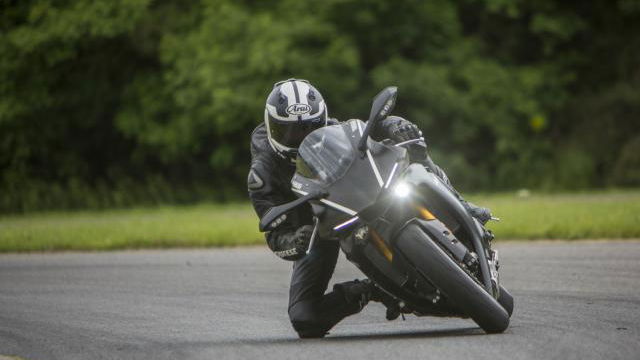
By Alan Dowds
OKAY, it's all about the elbows these days, or so we hear from Da Kidz down the youth club. But it's fair to say that grinding your knee into the deck when you're cornering on a bike is still A Cool Thing. And I'm sure we can all remember our first time (A Honda Super Blackbird, on a big roundabout, some time late last century for me…)
How to do it though? Well, here's a few tips to get you on your way to a healthy (if expensive) kneeslider habit.
1: Kit
First up, make sure your gear is up to the job. Obviously, you need some kneesliders, almost always on a leather suit, one-piece or two-piece. Make sure the leathers aren't too tight, and that you can move about easily on the bike with them on.
You can buy 'wet' kneesliders, designed for racers riding in the rain. These are a fair bit thicker, so will get you a couple of cm closer to the holy grail. Cheating? We'll not tell anyone if you don't.
We truly are blessed these days, with tyres that give oodles of grip and bikes with properly damped suspension and responsive steering. We even have electronic aids to help out when it goes wrong. Imagine what it was like in the 1980s and '90s, trying to get your knee down on wobbly, steel-framed GPz550s and the like, running skinny cross-ply Bakelite-style rubber…
So unless you're on an old classic, your bike should be well up to knee-down cornering. Make sure the tyres are recent, at the correct pressures, and in good nick, and you'll be fine. For best results, use a sportsbike or a naked bike. Knee-down is, of course, possible on adventure bikes, tourers, even scooters and cruisers. But do yourselves a favour here and use something sensible for the first time.
Road or track? Track is safer, and you'll have no copper worries (not that getting your knee down is inherently illegal, but it does invite a tug). For many folk, though, doing it on the road is harder, hence cooler.
Quiet roundabouts: constant radius, right-of-way, and loads of time to play about with throttle, body position and steering. The ideal venue is a very quiet, fairly large one, with minimal junctions, perhaps with a short road leading to another roundabout, so you can do laps, then come off and up to the other one. Above a dual carriageway or motorway is often good, away from peak times.
Your common sense is your ally here.
Simply put, the more you hang your body off the side, the less you need to lean the bike over to get a knee on the deck. There are limits though; hang off too far and you risk instability and losing control, as well as looking like a dork (as demonstrated by one Mr Luke Bowler in the main image above). We've actually seen people just about falling off the bike, because they've hung off so far.
Keep your outside foot on its peg, slide your bum off the inside of the bike, and drop that shoulder into the bend too. Support your bodyweight on the tank and seat, and try to relax as you probe your inside knee out towards the deck.
The main thing to think about is smoothness and speed. We want the bike chassis settled, with no unnecessary stresses on the tyres from braking or throttle, so choose a higher gear, and keep the gas steady. The faster you go, the further the bike will be leaning over to go round the same bend.
If we’re on a roundabout, then try to make it into two long curves in your head, with a pair of short straights joining them up. Keep an eye out for other traffic – don't get so fixated on getting your knee down that you ride into the side of a Royal Mail van.
Gradually build up the speed, try to brake less on the way into the bend, and concentrate on sticking to the same smooth line round the bend. Keep at it, and gradually increase your speed until you hear that skrrrrrrrch of hard plastic on tarmac…



